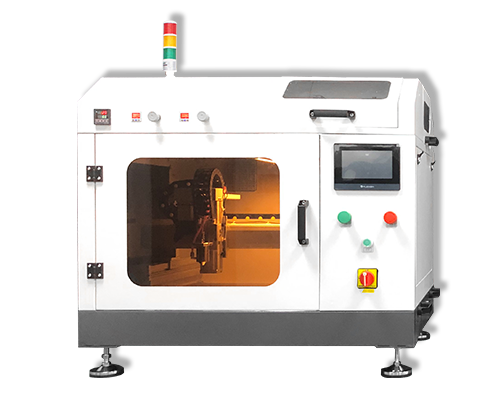Ultrasonic Spraying of Silica Solution
Solar photovoltaic glass is a special glass product that uses and converts solar energy. It is one of the key components of solar cells. Its function is to protect battery components from water vapor erosion, prevent oxidation, enhance the impact resistance of components, and use Its high transmittance provides light energy for the cell. Due to glass reflection and absorption, the effective transmittance of traditional photovoltaic glass for solar modules is about 92%, and about 8% of visible light is lost. In recent years, anti-reflection coated glass has been developed at home and abroad. Anti-reflection coatings are coated on the surface of ultra-clear photovoltaic glass, which can increase the effective transmittance of sunlight by about 2%.
Because solar photovoltaic modules are used in the open air, the working conditions are quite harsh. The photovoltaic glass is affected by natural environments such as sand and dust, and is also subject to mechanical damage during cleaning and maintenance, resulting in a decrease in the effective transmittance of sunlight of the glass. Photovoltaic power generation reception performance declines and affects power generation efficiency. At present, there are many kinds of anti-reflection coatings to achieve optical anti-reflection on silicon solar cells, such as titanium dioxide, silicon nitride, magnesium fluoride, tantalum pentoxide, etc., which can be coated with anti-reflection films on the surface of solar cells, or prepared by chemical methods. nanoporous silica films. Among them, the nanoporous silica film has a wider range of applications because it can adjust the nanopores to obtain a suitable refractive index.
The hardness, wear resistance and light transmittance of the silica film are good, but the construction is complicated, and the coating sol configured cannot be used immediately or placed for a long time, and it needs to be aged for a certain period of time to obtain a coating with satisfactory performance. At the same time, in addition to silicon dioxide, the formed coating also contains glue or other components, which have a certain impact on the strength, light transmittance and service life of the coating. Moreover, the existing coating technology is relatively harsh due to the relatively harsh preparation conditions, so it is basically a coating technology for glass products, that is, the photovoltaic panels use coated glass directly, instead of using ordinary non-coated glass to coat photovoltaic panels.
Ultrasonic spraying technology is considered as an effective thin-film coating preparation process, which can be used to prepare various functional layers of thin-film solar cells, such as TCO coating (transparent conductive oxide); preparation of anti-reflection film and anti-reflection film; calcium Prepare active layers such as titanium ore, quantum dots, buffer layers or organic layers; and spray to prepare transparent conductive film coatings such as CNT (carbon nanotubes), silver nanowires and graphene. During the preparation of the functional layer of thin-film solar cells, the ultrasonic nozzle and atomization device can accurately coat the precursor or suspension on the surface of the substrate.
About Cheersonic
Cheersonic is the leading developer and manufacturer of ultrasonic coating systems for applying precise, thin film coatings to protect, strengthen or smooth surfaces on parts and components for the microelectronics/electronics, alternative energy, medical and industrial markets, including specialized glass applications in construction and automotive.
Our coating solutions are environmentally-friendly, efficient and highly reliable, and enable dramatic reductions in overspray, savings in raw material, water and energy usage and provide improved process repeatability, transfer efficiency, high uniformity and reduced emissions.
Chinese Website: Cheersonic Provides Professional Coating Solutions


